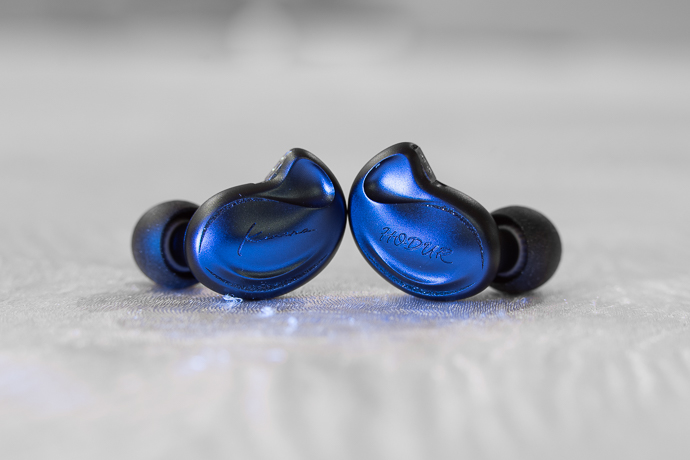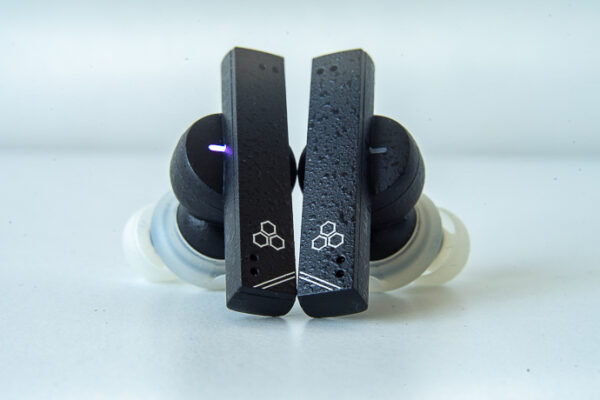Technical Performance
Hodur does not have a seamless, flat tuning. You have ups and downs in the spectrum. The mid-bass region is boosted heavily, so the sub-bass doesn’t rumble, and the lower mids are clouded in that regard. The rest of the mid-range is pretty good, although the upper mid-range is boosed, and the treble is nicely presented with good dynamism. So the boost in the mid-bass and upper mids create an incohesive, unbalanced presentation.
The sound stage is average. It has that 3D feeling to some extent, just not like higher-end IEMs. But despite the full and smooth presentation, the soundstage has good enough width and depth, with good layering and space. The mid-bass presentation cramps the stage a bit, so it would’ve been better with a more balanced bass response.
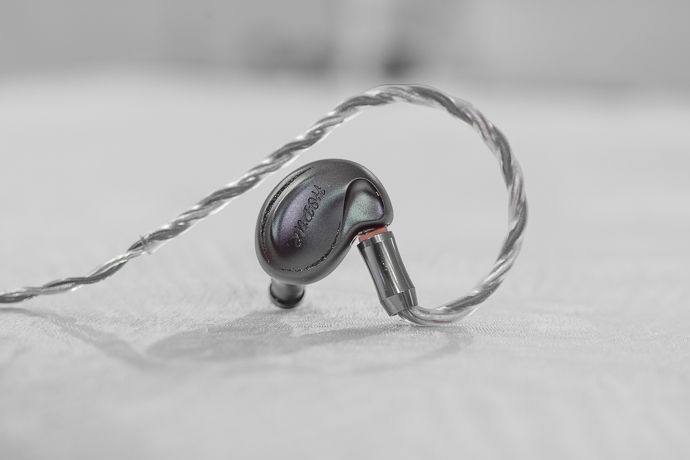
Stereo imaging is strong with a dark background, especially with a good source. The IEM has good resolution and micro details. The instrument timbre is one of the strong suits of this IEM and thanks to its good background quality everything separates nicely so it’s easy to pick every element of a song. However, once again, the mids don’t have much space to shine and they’re clouded with the mid-bass presentation.
Overall resolution is very very good among the other IEMs in this price range and it can give you lots of details in a song thanks to its very resolving nature. So I think overall it has good technicalities, limited by the overall presentation. So it has no issues in terms of resolution, details, layering, and separation. But the presentation affects the performance negatively in my view. Otherwise, the technical performance is good.
Comparisons
The Performer 5 is one of the best IEMs I’ve reviewed last year. It has a more exciting design with a more CIEM-like shape. The packaging is not as impressive as the Kinera, but it has good quality and a good fit.
Sound-wise the Performer 5 is more balanced and coherent. Its overall presentation is more natural to me, with better tonal balance. It has a better bass response and smoother presentation.
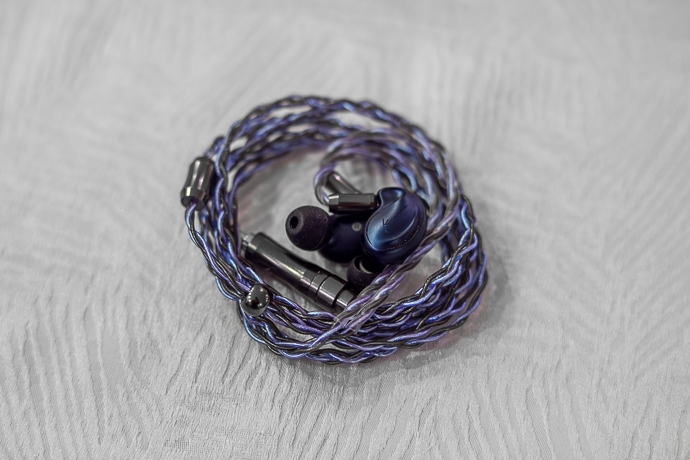
The IDUN 2.0 has a more special design, a very similar cable with the same modular system, and it has a bigger chassis. Sound performance wise I think the UDIN 2.0 offers a bit more for the money, with a leaner and closer to neutral sound presentation.
It also sounds cleaner and well-balanced, with better texture and depth in the bass region. Hodur has a fuller mid-range with better timbre to me, and its treble is a bit more articulated.
But the tonal balance, neutrality and realism of the Idun Golden are all excellent for the price. The Hodur on the other hand is a warm-sounding IEM with full mid-bass and treble, but it doesn’t have the best coherency.
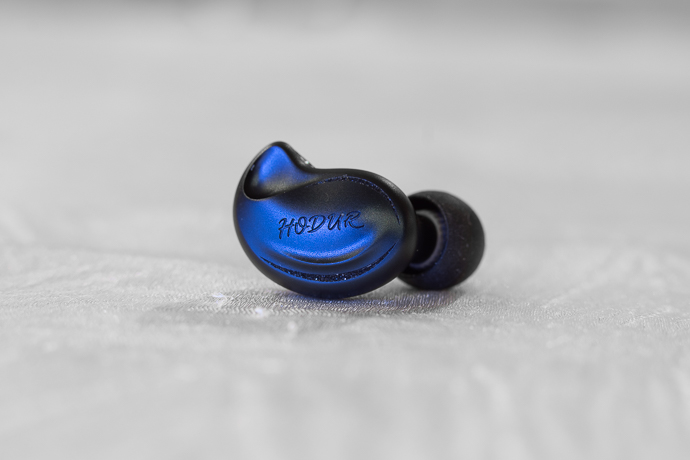
Conclusion
The Kinera Hodur is a great example of technology becoming cheaper with its EST driver and tribrid configuration. The technical performance is very good, but the presentation can be improved with a more balanced bass.
Pros:
- Great packaging
- Nice build quality
- Good technicalities
- Great timbre with full mid-range
- Controlled and well-defined treble
Cons:
- Incohesive presentation
- Subdued sub-bass
- Isolation not great





